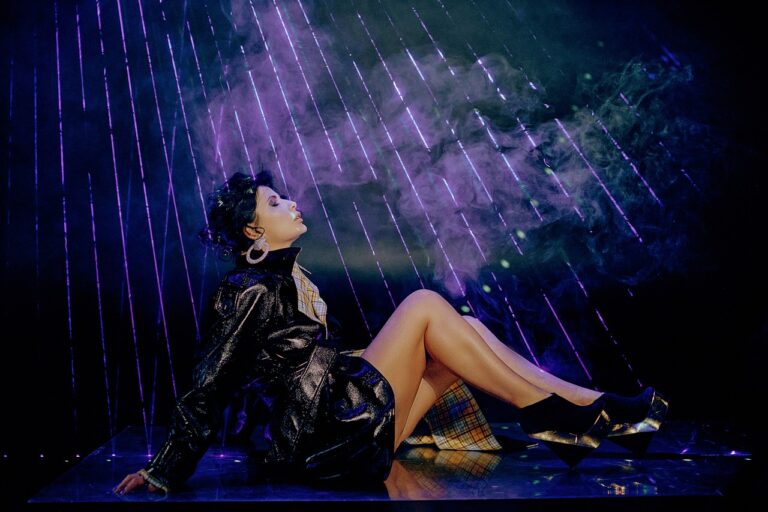The Role of Color Theory in Pattern Making: Creating Harmonious Designs: Betbhai9.com whatsapp number, Radhe exchange id, Lotus365 login
betbhai9.com whatsapp number, radhe exchange id, lotus365 login: Color theory plays a crucial role in the world of pattern making, as it helps designers create harmonious and visually appealing designs. By understanding how colors work together, designers can create patterns that are not only aesthetically pleasing but also convey a particular mood or message.
Colors are powerful tools that can evoke emotions and set the tone for a design. Different colors have different meanings and can influence how people perceive a pattern. For example, warm colors like red, orange, and yellow are often associated with energy and enthusiasm, while cool colors like blue, green, and purple are seen as calming and peaceful.
When creating patterns, designers must consider how colors interact with each other. This involves understanding color schemes, which are combinations of colors that work well together. Some common color schemes include monochromatic (using variations of a single color), complementary (using colors that are opposite each other on the color wheel), and analogous (using colors that are next to each other on the color wheel).
By using color theory to select the right color scheme for a pattern, designers can create a sense of balance and unity in their designs. This helps to ensure that all the elements of the pattern work together harmoniously and create a cohesive overall look.
In addition to understanding color schemes, designers must also consider the psychological effects of color. Different colors can elicit different emotions in viewers, so designers must choose colors that are appropriate for the message they want to convey. For example, soft pastel colors may be used to create a romantic or whimsical pattern, while bold, bright colors can create a more energetic and dynamic design.
Overall, color theory is an essential tool for designers creating patterns. By understanding how colors work together and the emotional impact of different colors, designers can create harmonious and visually appealing patterns that resonate with their audience.
### How to Use Color Theory in Pattern Making
To effectively use color theory in pattern making, follow these steps:
– Start by choosing a color scheme that suits the mood or message you want to convey.
– Experiment with different color combinations to see what works best for your design.
– Consider the psychological effects of color and how they interact with each other.
– Take inspiration from nature, art, and other design sources to find color palettes that resonate with you.
– Remember to balance your colors to create a cohesive and visually appealing pattern.
– Don’t be afraid to take risks and try new color combinations – you may discover something unexpected and beautiful.
### FAQs
1. What is color theory?
Color theory is the study of how colors work together and the effects they have on viewers. It helps designers create harmonious and visually appealing designs.
2. How can I use color theory in pattern making?
You can use color theory in pattern making by selecting the right color scheme, considering the psychological effects of color, and experimenting with different color combinations.
3. What are some common color schemes?
Some common color schemes include monochromatic, complementary, and analogous. Monochromatic uses variations of a single color, complementary uses colors that are opposite on the color wheel, and analogous uses colors that are next to each other on the color wheel.







